Here are three reasons why older adults need to strength train to get fitter and stronger
By Migie Felizardo, CSCS,CPT, Pn1 | Graphics by Marian Hukom
Men and women 50 years and older may begin sensible exercise programs including aerobic endurance training for improved cardiorespiratory fitness and strength training for increased muscular fitness. Perhaps no other age group can experience more health benefits from exercise than those over 50 years old. However, most people in this population only do aerobic exercises, afraid that strength training might be dangerous. Safety is always the priority when exercising but here are three main reasons why strength training is advisable especially to older adults.
1. Maintains functional abilities
For many adults, growing old seems to involve an inevitable loss of strength, energy, and vigor. This means that older adults usually experience a reduction in functional abilities that negatively affect their daily life. The weakness and decreased energy we associate with aging, such as difficulty walking, climbing up the stairs, and carrying loads, are more largely associated with muscle loss. It would be highly desirable to perform at least basic strength training exercises to prevent muscle loss and metabolic slowdown.
2. Reduces risk of degenerative health problems
Strength training can reduce signs of diseases and symptoms associated with aging. These include battling common health issues like arthritis, back pain, delayed gastrointestinal transit, diabetes, cardiovascular or heart disease, metabolic syndrome, obesity, osteoporosis, and sarcopenia. Engaging in proper strength training can effectively reverse physical dysfunctions associated with sedentary aging by increasing muscle strength, power, endurance, body composition, physical performance, and health factors.
Engaging in proper strength training can effectively reverse physical dysfunctions associated with sedentary aging by increasing muscle strength, power, endurance, body composition, physical performance, and health factors
3. Develops better emotional and mental state
Depression, poor cognitive function and memory as well as decreased functionality are often common in older individuals. The good thing with strength training is it can also have a major effect on a person’s mental and emotional health. Regular strength training exercises can also counteract depression, boost self-confidence and self-esteem, and improve overall sense of well-being in older adults.
While these are some of the benefits of strength training, there are many more positive effects it can do to alter the effects of aging. The saying exercise is the fountain of youth is true.
If you fall in this age category and aren’t engaged in any strength training routine yet, I highly suggest you consult your doctor or healthcare team first before you start. I included some basic exercises you can do as a way to start your strength training routine.
Basic strength exercises
Perform two to three sets of 10 to 12 repetitions for each while for plank and glute bridge, aim to hold for 30 seconds per set. Rest in between sets can be from a minute to 1:30 depending on your fitness level. Select a weight that you can do the exercise with proper form while still being challenged enough, especially at the last two repetitions. Again, safety and form first before trying to increase the load and intensity.
Plank

Glute bridge
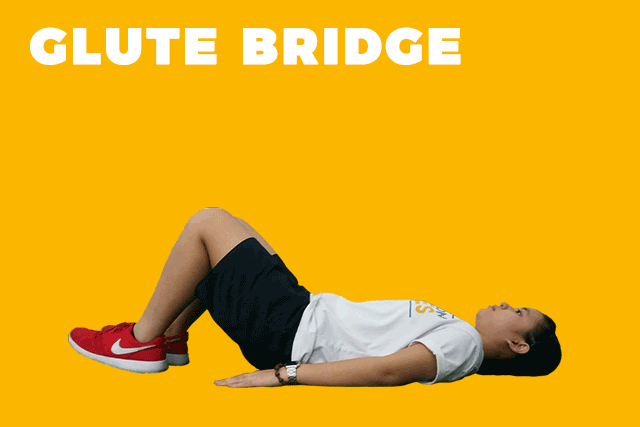
Lat pulldown
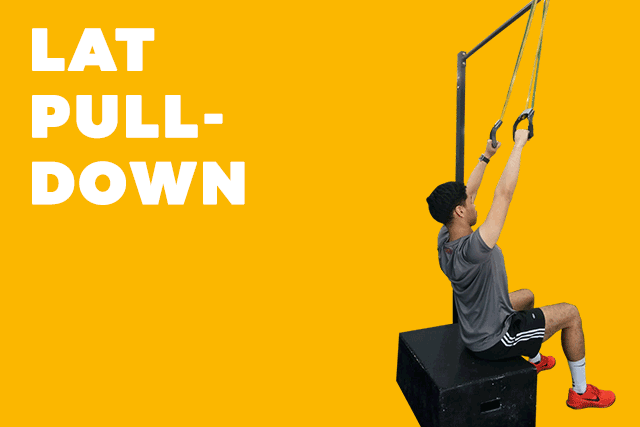
Goblet squat
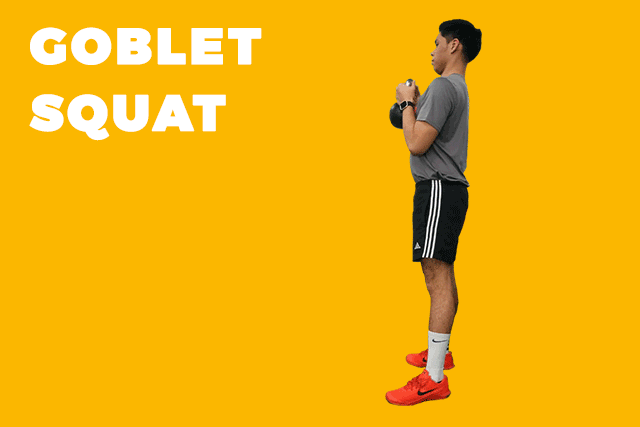
Seated shoulder press
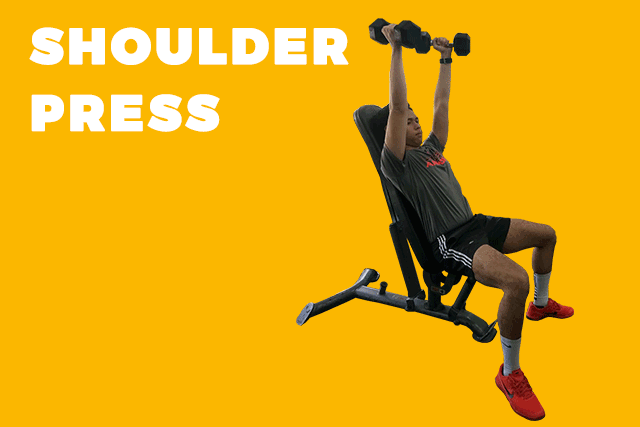
Basic deadlift
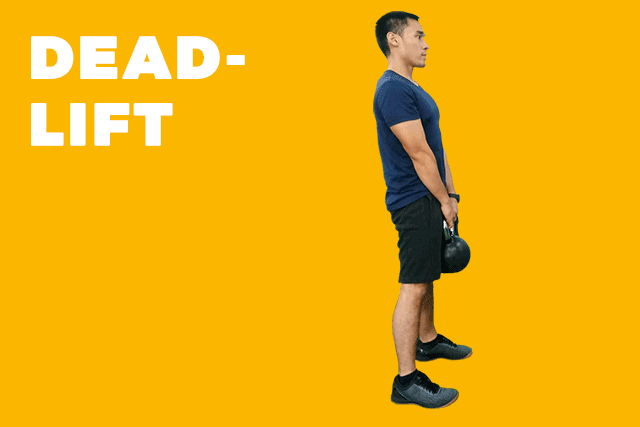
Push-up/Box push-up
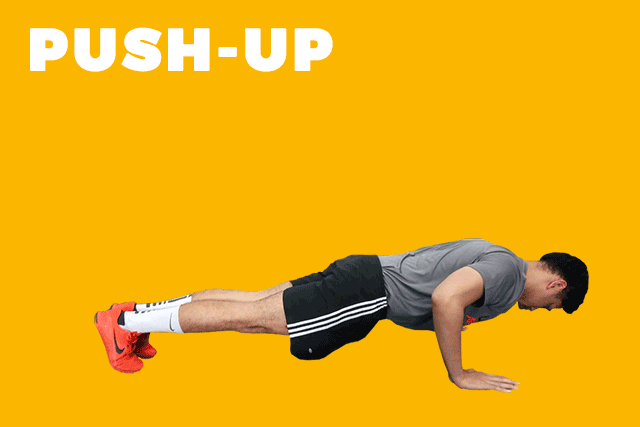
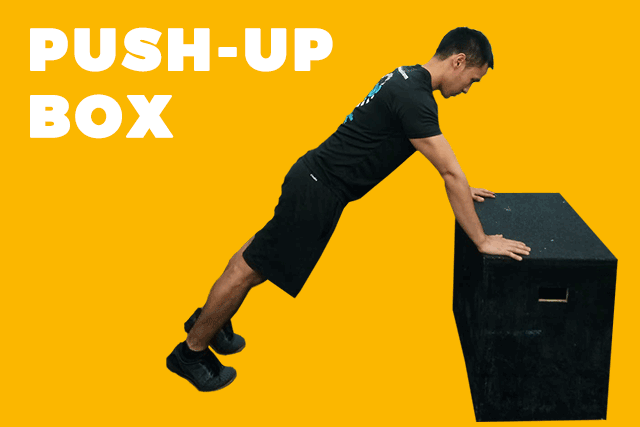
Suspension trainer row
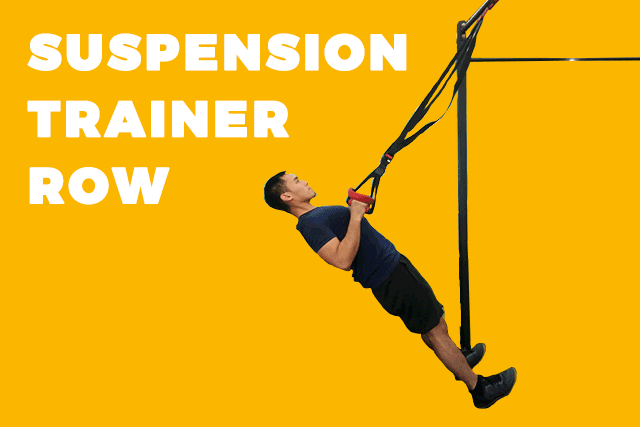
3 comments
On the goblet squat, shouldn’t the knee NOT go over/protrude past the tip of the toes as it is NOT good for the joints (too much stress)
Pushing the butt out further backwards would solve this right?
Hi Vic,
It’s correct to avoid excessive forward movement of the knees during squats and lunges. But it’s a myth that you should never let your knees go past beyond your toes while doing a squat or lunge. Yes pushing the butt out further will help but as you go into a deep squat, the knees can and must move past the toes in the bottom of a squat in order to allow the hips to drop fully. The question is not where the knees go, as much as where is the weight distributed and what joint moves first and proper squatting is about moving the hips first and staying balanced.
You can check out these links for the updates on research and techniques on squatting. If you have knee pain or other joint pains there can be other exercise subsitutes for squats like prowler pushes. But still try to regress or develop proper mobility and stability of the joints to be able to do a proper squat.
https://www.acefitness.org/education-and-resources/lifestyle/blog/562/is-it-ever-okay-for-your-knees-to-extend-beyond-your-toes-while-doing-squats-or-lunges
https://trustmephysiotherapy.com/myth-knees-never-past-your-toes/
https://squatuniversity.com/2016/01/29/can-the-knees-go-over-the-toes-debunking-squat-myths/
Migie
I love the photos! Great exercises indeed. Let’s all be younger with a workout!